The Overlooked Importance
Of Arm & Wrist Angles
How They Affect the Shooting Process
When it comes to shooting a basketball, arm & wrist angles are more important than you might think! More than likely you’ve never given this topic much thought.
In fact, arm & wrist angles determine the following:
- Ball location at SET
- Type of shot … One-Piece or Two-Piece
- Efficiency of the Shooting Curve (S-Curve)
- Speed of the release
Three techniques will be analyzed in this discussion:
- HEAD PAUSE
- CATAPULT
- ONE MOTION
Each method creates its own unique set of arm & wrist angles resulting in “Cause and Effect” throughout the entire shooting process.
Knowing “How” and “Why” different techniques work can be very valuable to coaches, parents, and players giving them the ability to make adjustments when needed.
In the basketball world, too many blindly accept the “status quo” when it comes to shooting. Making your own decisions based on sound principles is much better than sheepishly following Conventional Wisdom!
Our eyes are trained to focus on how the shot finishes (arm extension and follow through) because that particular aspect seems to garner the most attention. But in reality, it’s the beginning of the shot that determines the finish and that is where this discussion will focus.
FREE BONUS PDF
Shooting Workouts
Topic 1 - Ball Location at SET
All techniques have a starting point called SET and it is defined as:
- Position of the body and ball right before the shooting motion begins (ball rising)
SET is where the all-important arm & wrist angles are created prior to the onset of the shooting process. It’s the foundation of any shot and the critical component in determining how the shooting motion operates.
Shooters that consistently arrive at a good SET tend to have more success making baskets when compared to those that don’t … short and long term. Depending on the technique, the ball generally starts in one of these areas:
- Waist
- Thighs
- Chest
The following illustrations/pictures demonstrate the ball location at SET and the resulting angles created by the upper arm, forearm, and wrist:
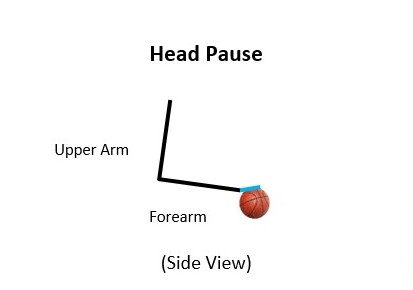
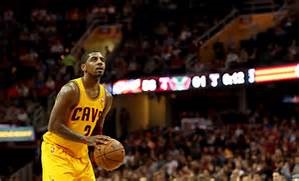
Kyrie Irving at SET
- Upper arm angled behind
perpendicular
- Forearm angled below parallel
- Wrist/hand slightly cocked (blue)
- Ball at or below waist level
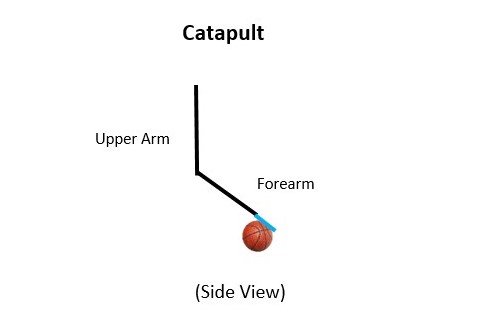
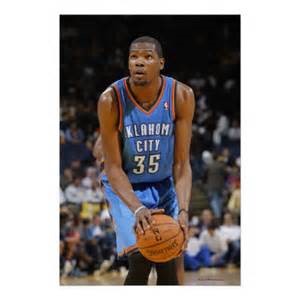 Kevin Durant at SET
Kevin Durant at SET
- Upper arm angled near
perpendicular
- Forearm angled down
- Wrist/hand is straight(blue)
- Ball at thigh area
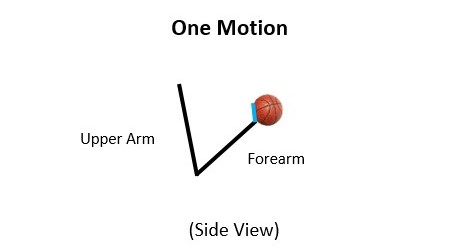

Rick Penny at SET
- Upper arm angled past
perpendicular
- Forearm angled up
- Wrist/hand fully cocked(blue)
- Ball at chest level
As you can see, the arm & wrist angles at SET are different with each technique. These angles determine the entire shooting process including the type of shot each player utilizes.
Topic 2 - Type of Shot
When breaking down the mechanics of various techniques, a detailed analysis shows all shooting forms can be classified as either a One-Piece shot or a Two-Piece shot. They are defined as:
- ONE-PIECE - has one distinct movement throughout the shooting process with no stops or pauses from start to finish
- TWO-PIECE - has two distinct movements in which the ball pauses or stops at some point during the shooting process
HEAD PAUSE … Two-piece
- Starting at or below waist level (SET), the ball loops up and back to a point near the forehead (First Distinct Movement), pauses slightly, and then changes direction toward the basket (Second Distinct Movement)
- Momentum travels up the Shot Line in this manner: START / PAUSE / START
CATAPULT … Two-piece
- Starting at the thigh area (SET), the ball loops up and back to a point somewhere above the head (First Distinct Movement), stops, and then changes direction toward the basket (Second Distinct Movement)
- Momentum travels up the Shot Line in this manner: START / STOP / START
ONE MOTION … One-piece
- Starting at chest level (SET), the ball rises straight up and then begins to curve toward the basket (One Distinct Movement)
- Momentum travels up the Shot Line in this manner: NON-STOP
At some point during the shooting process, the wrist must fully cock in order to maximize power. ONE MOTION accomplishes this at SET while the HEAD PAUSE waits until the ball pauses near the forehead and the CATAPULT waits until the ball stops above the head.
This delay in fully cocking the wrist is what causes the ball to loop up & back causing movement away from the basket … Negative Motion.
Topic 3 - Efficiency of the Shooting Curve (S-Curve)
The Shooting Curve or S-Curve is the essence of the shooting process. It is defined as:
- Ball path during the shooting motion as seen from the shooting hand side … determines efficiency of the shot
Once the ball begins to rise up the Shot Line, the Shooting Process begins. As stated earlier, arm & wrist angles affect the shooting motion and pre-determine the path of the ball up the Shot Line.
Efficiency of movement is determined by the manner in which they operate during the shooting process. The following illustrations/pictures represent each technique’s S-Curve which starts at SET and ends at the wrist snap … Release Point.
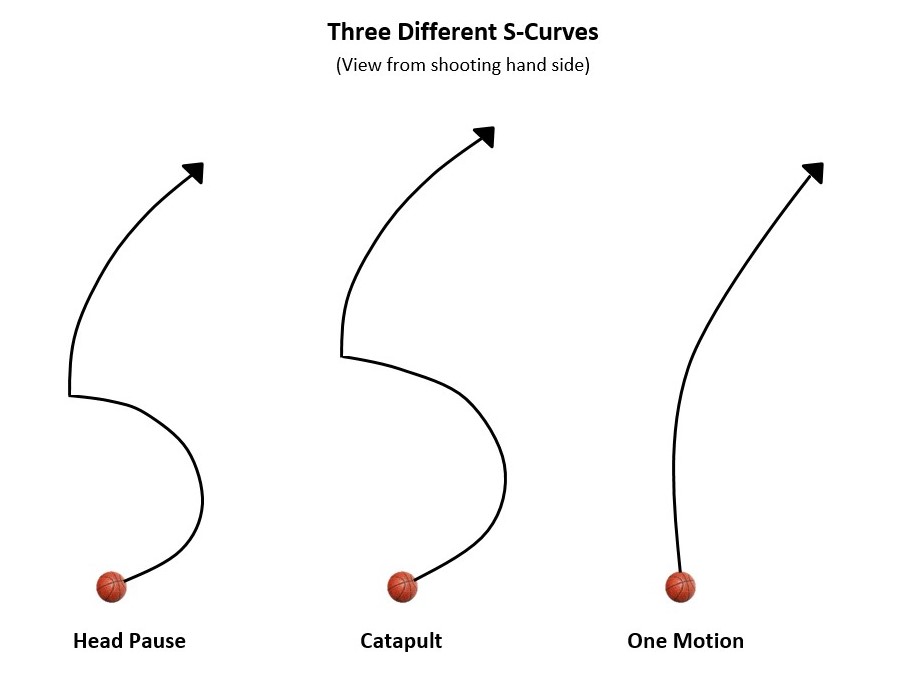
 At some point during the shooting process, the wrist will fully cock.
At some point during the shooting process, the wrist will fully cock.
The HEAD PAUSE starts with a slight wrist cock at SET. This causes the ball to loop up & back as the shot begins... Red
The wrist fully cocks near the forehead and the ball starts toward the basket ... Green
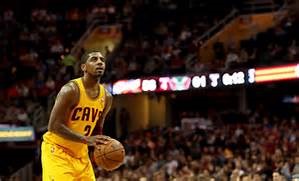 1. SET
1. SET
Ball starts below waist level with
wrist slightly cocked
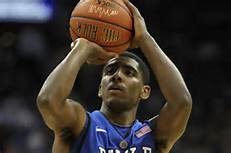 2. Shooting Process
2. Shooting Process
Ball loops up & back to forehead
and pauses / wrist fully cocks
First Distinct Movement
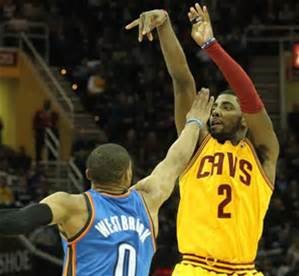 3. Shooting Process
3. Shooting Process
Ball starts toward basket ending
with wrist snap … Release Point
Second Distinct Movement
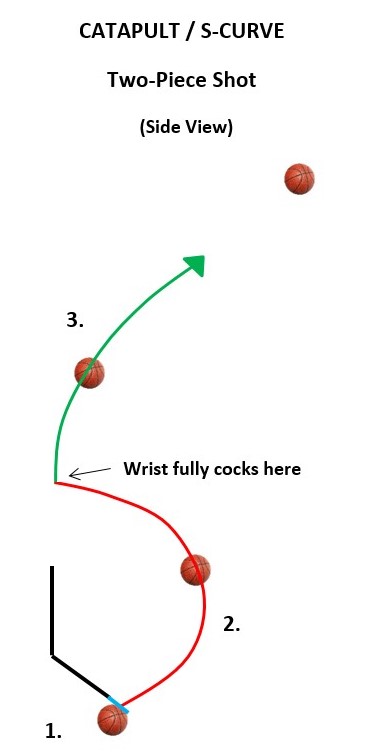 At some point during the shooting process, the wrist will fully cock.
At some point during the shooting process, the wrist will fully cock.
The CATAPULT starts with a straight wrist at SET. This causes the ball to loop up & back as the shot begins... Red
The wrist fully cocks above the head and the ball starts toward the basket... Green
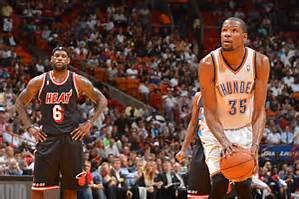 1. SET
1. SET
Ball starts at thigh level with wrist straight
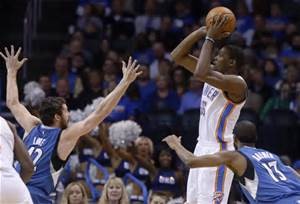 2. Shooting Process
2. Shooting Process
Ball loops up & back above the head
and stops / wrist fully cocks
First Distinct Movement
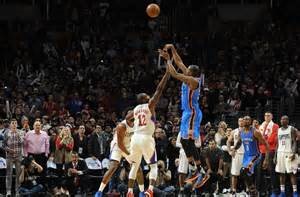 3. Shooting Process
3. Shooting Process
Ball starts toward basket ending
with wrist snap... Release Point
Second Distinct Movement
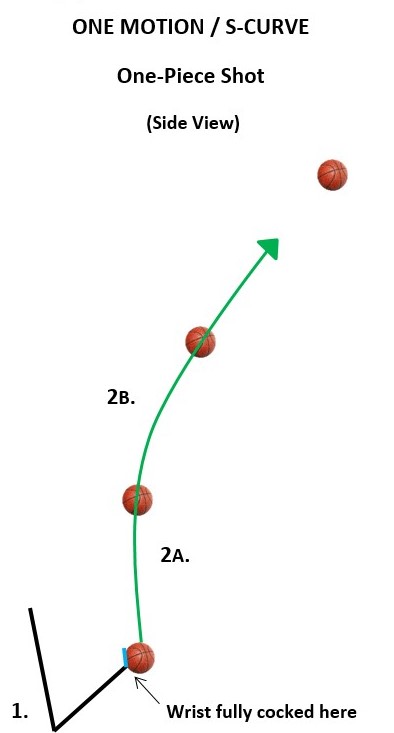 At some point during the shooting process, the wrist will fully cock.
At some point during the shooting process, the wrist will fully cock.
ONE MOTION starts with a fully cocked wrist at SET. This allows the ball to rise straight up as the shot begins and then curve toward the basket...Green
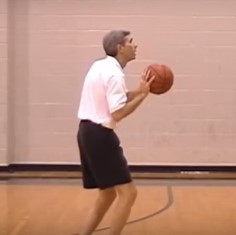 1. SET
1. SET
Ball starts at chest level / wrist fully cocked
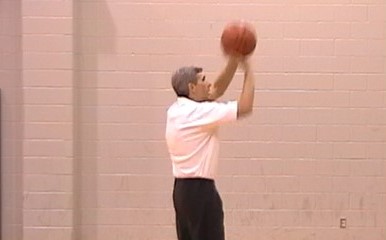 2A. Shooting Process
2A. Shooting Process
Ball travels straight up the Shot Line
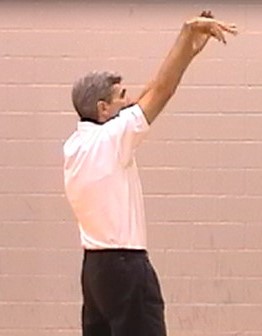 2B. Shooting Process
2B. Shooting Process
Ball starts curving toward the basket
ending with wrist snap... Release Point
One Distinct Movement
Topic 4 - Speed of the Release
When comparing each technique, it is clear which has the most efficient S-Curve. From start to finish, the ONE MOTION technique is more efficient than the other two making for a quicker release!
With a fully cocked wrist at SET, the ball is able to travel straight up the Shot Line and gradually curve toward the basket. This is done in a non-stop manner throughout the entire Shooting Process with One Distinct Movement!
Starting the ball at waist or thigh level creates arm & wrist angles that require a looping action (up & back) in order to fully cock the wrist. This Negative Motion takes the ball away from the basket making the Shooting Process slower than it needs to be.
Summary
If you look at each technique, they all end at the same place... the Release Point. The arm is extended at an approximate 45 degree angle with the wrist snapped. How they get to that point is the real issue.
The S-Curve never lies! It tells the story of the Shooting Process and how the ball gets from Point A to Point B (SET to Release Point). Less movement makes for a quicker & smoother release... every time!
And what controls the S-Curve? It’s those all-important Arm & Wrist angles created at SET!
FREE BONUS PDF
Shooting Workouts
What do you think? Let us know by leaving your comments, suggestions, and questions...
|
||||||||||||||||||||||||||||||||||||||||||||||||||||||||||||||||||||



 Facebook (145k Followers)
Facebook (145k Followers) YouTube (152k Subscribers)
YouTube (152k Subscribers) Twitter (33k Followers)
Twitter (33k Followers) Q&A Forum
Q&A Forum Podcasts
Podcasts